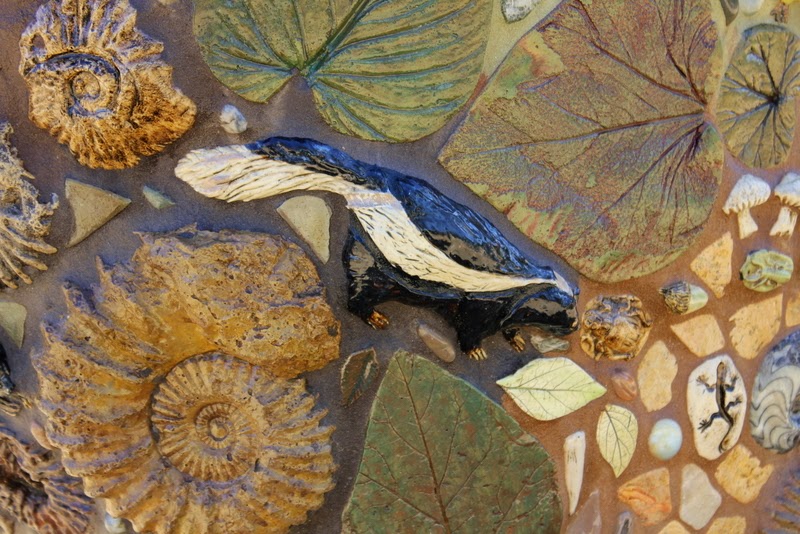In the course of cleaning out a closet recently, I found a
box of keepsakes from high school. It was educational, to say the least. This
box contained treasures such as:
- A Pee-Chee All Season Portfolio (anyone else remember these?)—I bought at least one of these every year to confine my class work.
- My school ID from senior year of high school, complete with its coveted sticker allowing me to leave campus for lunch. My best friend and I often drove in her green VW Bug to her house to eat, just because we could.
- Programs from high school plays I appeared in.
- Copies of my annual high school literary magazine. My work appeared in the publication, and I was a staff member.
- Final projects from creative writing class—collections of poems, stories, photos and drawings from the entire school year.
- Journal pages from the journal our creative writing teacher required us to keep. She would read the pages, or not, as you requested. If she read them, she’d occasionally jot comments on the pages—can you imagine reading the journals of 20-some high school students?!
I spent a few happy hours reconstructing my high school
days, cringing and blushing at times, surprised at others by how similar
my writing voice now is to that of my 17-year-old self.
I had fun reconnecting with the girl I used to be. The
exuberance, the highs and lows, the enthusiasm and hunger for life. That girl
was easily cast down and just as easily sent soaring. It was in high school
that I began to be able to negotiate around my shyness, finding pursuits I
loved (writing, drama, tennis) and participating in life on my own terms. It
was here that the seeds of who I am today were sown.
Looking at my picture and reading my words,
I see a vibrancy that I wish I still had. In comparison, I’ve become muted by
life and responsibility, even though that responsibility was taken on willingly
and happily: building an adult life, working, raising a child. I see a more
refined version of my 17-year-old self in the mirror today—some of the rough
edges knocked off, the fears calmed, the goals achieved. What remains is hope
for the future, curiosity about what’s next, excitement about what that might
be—and yes, a little bit of fear as well. I have learned that fear is normal, and nothing to be, well, feared.
My life now is starting, in small and subtle ways, to have
the same sense of possibility I felt at 17. My child is (almost) grown up, I’m
settled in my home, I know how to cook and clean, I can pay bills and run my life efficiently. Most of the things I wondered and worried about have
come and gone and I can turn my concentration to new possibility. What will the
next 10 years hold? I see my journals (not to mention my blog posts!) asking
this question. Wondering what the next adventure(s) will be. Wanting to have
adventures, everyday and otherwise.
I remember what it felt like to listen to music and dream
about the future. I still do that, only now I’m in my home office listening to
my iTunes library instead of in my bedroom listening to a turntable. I still
jot poetry in a notebook, write in my journal. My future is a bit blurry, as it
was then. I’m more deliberate in my choice of opportunities to pursue now,
because I have a better idea of what I like and don’t like, what I can excel in.
I no longer have adults telling me what to do; I am learning to listen to my voice,
because now I have experience and wisdom of my own. I want to incorporate my 17-year-old self’s
enthusiasm into my current life, temper her fears with my maturity, and build a
future me that combines all the best parts of us.
 |
| At 17--senior class photo |




































